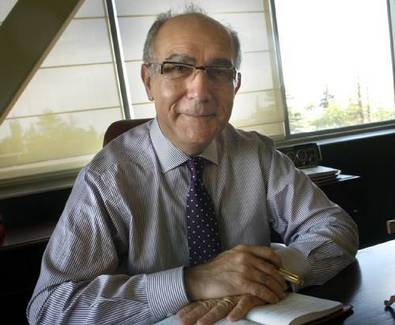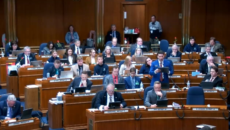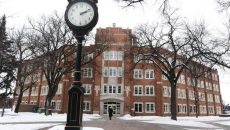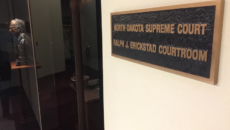Shirvani Involved In "Near-Constant Strife" Across Multiple Universities Since 1990

Even after Chancellor Hamid Shirvani and the State Board of Higher Education backed off their push to build a large chancellor’s suite in a building intended for university system IT workers, state Senator Tony Grindberg and others are intent on pushing he chancellor out. Mostly because this issue is about far more than the office. Shirvani’s relationship with elected leaders, and other university system officials, has deteriorated to the point of being unworkable according to multiple sources.
These claims are all the more believable given Shirvani’s long track record problems in other states and at other universities. It’s well-known that Shirvani went through a “no confidence” vote at his previous university in California, but even before that he was pushed out at an institution in Colorado. The Turlock City News, hometown newspaper for Stanislaus University where Shirvani used to work, chronicles a history of “near-constant strife” across multiple universities since at least 1990:
Shirvani has been engaged in near-constant strife with faculty members across many different universities since, at least, as early as May 1990. At that time, Shirvani was forced to resign from a position as Dean of the University of Colorado, Denver School of Architecture and Planning.
The resignation came “under duress,” according to a National Architectural Accrediting Board report cited in a 1991 Denver Post article. The article goes on to state that Shirvani’s actions led to an “adversarial relationship” with faculty, leading to the exodus of nearly half of the program’s faculty members in just three years of leadership.
The UCD architecture master’s degree program’s accreditation was ultimately put on probation due to the turmoil.
A similar fate befell CSU Stanislaus a decade later. The Western Association of Schools and Colleges required a follow-up visit as part of a 2011 accreditation review due to “long-simmering tensions between faculty and the senior administration.”
A November 2009 vote by CSU Stanislaus faculty found that 90 percent had no confidence in Shirvani, and 91 percent had no confidence in his leadership. Hostile working relationships and a lack of shared governance were cited as the biggest problems.
During a visit to the capitol an elected official told me that that the State Board of Higher Education had done a lousy job of vetting Shirvani. The members of the SBHE had better hope that view proliferates, because it looks worse for them if they knew of Shirvani’s problems and hired him anyway.
As I’ve reported previously, despite claiming to have done a background check, the SBHE wasn’t even aware of Shirvani’s conflict with a secretary at a previous employer which resulted in that secretary taking a monetary settlement. I found the news via a simple Google Search, but SBHE member Grant Shaft admitted the board hadn’t been aware of it at all before Shirvani’s hire.
Despite a sloppy screening process, the State Board of Higher Education not only hired Shirvani but gave him a $120,000 raise over predecessor Bill Goetz. Goetz made $220,000/year. Shirvani is, apparently, making $340,000/year. The amount of Shirvani’s raise, by itself, is more than Governor Jack Dalrymple’s $113,000/year salary.
But there’s nothing new about the university system being careless with taxpayer dollars. That’s something to keep in mind when people gripe about the cost of getting rid of Shirvani. That he needs to go is indisputable (as well as the fact that big reform to the university needs to follow his departure), but that we’re in the position of having to give him a huge pay-day on his way out is the fault of the SBHE board members.







